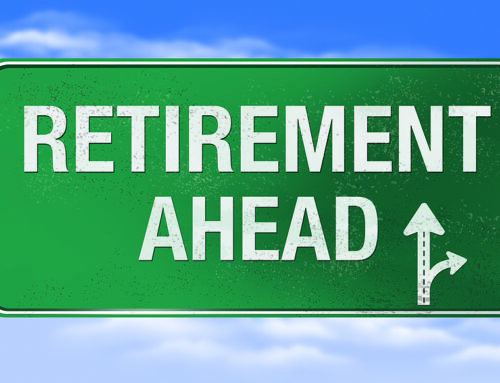
First of all, if you’ve made it to your retirement, congratulations! But we do have some other news: you’re not done working yet! Now that you’ve entered your golden years, you’re going to have to build up income strategies to make sure that your money will last for the rest of your retirement. The trick now is going to be figuring out how to balance how much money you’re generating, how much money you’re spending, and how your money is growing.
Let’s start with ways to generate income. Social Security is the most obvious, but there are other ways to generate income in retirement as well. If you’re working part-time or have rental properties, those things will bring you income. And savings from an IRA or 401(k) can also be withdrawn as income. You’ll want to take into account any other passive income strategies you’re using, too. If you’re looking to balance your finances as you move into retirement, it may be a good idea to take stock of how much you’re making from income sources by using an income planning calculator.
Next, you’ll want to make an estimate of how much you’re going to spend each year. It doesn’t have to be exact, but make an approximation based on how you’re already spending your money. Don’t forget to consider the potential of surprise expenses!
The final step is the most complicated one: consider your retirement portfolio itself. Now that you’ve got a sense of how much you’re gaining and how much you’re spending, how much will you need to withdraw from your retirement accounts to sustain you? How long will your accounts last based on this estimate?
Additionally, you may want to consider the actual spread of stocks, bonds, and other investments in your portfolio. There is no singular rule or suggestion that works for every situation, but sometimes people recommend something called the 120 rule.[1] This rule states that if you subtract your age from 120, the difference is the percentage of your money that you should have invested in stocks.[1] So if you are 65 years old, you should consider having 55% of your portfolio in stocks according to this rule.[1]
While the 120 rule may be a reasonable starting point, you probably don’t want generic advice when it comes to your nest egg. Everyone’s life is different, and everyone’s retirement is different. As such, you’ll have different financial needs for your retirement than any other person. If you are looking for help with setting up your portfolio for longevity, consider reaching out to one of our professionals today for a complimentary review of your finances.
[1] https://smartasset.com/retirement/where-to-put-retirement-money-after-retirement










